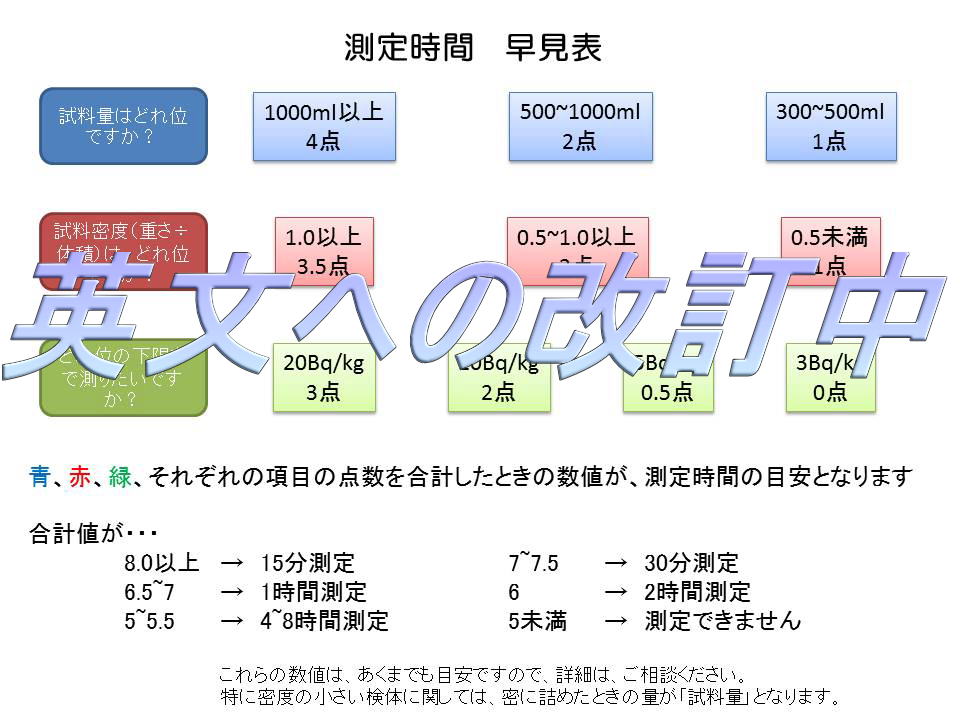はかるーむ
町田市玉川学園にある放射能市民測定室です。
TEL.042-814-9102
〒194-0041 東京都町田市玉川学園7-12-26
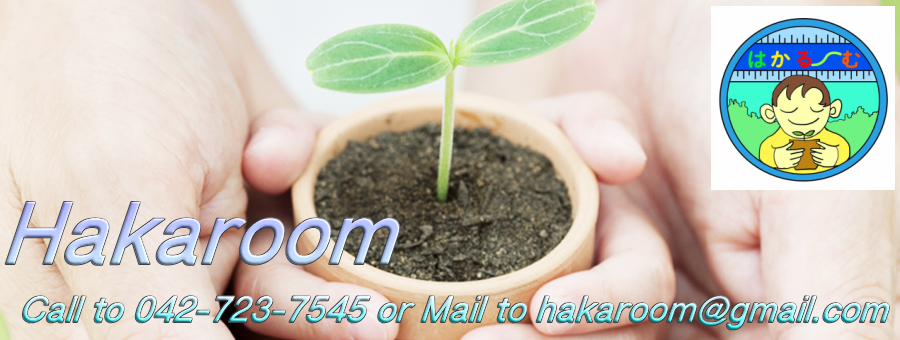
Machida Citizens’ Radioactivity Measuring Office “Hakaroom”*(*The name is a play on the word “hakaru” that means to measure.)
Tamagawagakuen 7-12-28-205, Machida, Tokyo.
tel: 042-723-7545 e-mail:hakaroom@gmail.com
Ⅰ. Hakaroom History & Measurement Procedures
After Fukushima Dai-ichi’s nuclear reactors blew up following March 11,
2011 earthquake and tsunami, it became apparent that radioactive contamination
was fairly widespread in the eastern Japan.
For residents, environmental and food safety became a major concern.
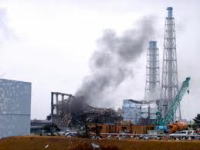
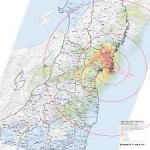
A group of concerned citizen volunteers of Machida got together to find
out what’s really out there and, began membership drives and donation rounds.
The group accuired NaI Spectrometer (EMF211) in October 2012. and set up
Hakaroom whose mission is to provide accurate measurement of radioactive contamination to residents;
Hakaroom began its full operation in February 2013.
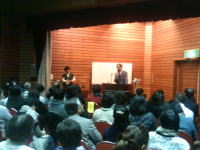
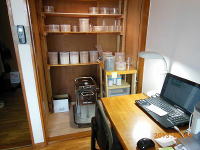
Volunteer members work under guidance and advice of experienced professional
scientists, aiming to protect residents from radioactive exposure. We measure
density of radioactive contaminants (namely Cesium 137 and Cesium 134)
in foodstuffs and soil. Anyone wishing to have a specimen measured can
bring it in by appointment. We also accept small packet delivery. Findings
are expressed in terms of Becquerel per kilogram (Bq/Kg). Cost per one
hour session is 1,500.
This is reduced to 1,000
for Hakaroom membership; annual Hakaroom membership fee is 3,000.
We are open for Mondays, Thursdays and first and third Saturdays
of the month. Opening hours are from 10 a.m. to 5 p.m. You can contact
us by mailing hakaroom@gmail.com.
Our office is at Tamagawagakuen 7-12-28-205, Machida, Tokyo. It is a few
minutes walk from Tamagawagakuen-mae Station on the Odakyu Line, but is
somewhat difficult to find. On your first visit, we suggest you call us
from the station so that we can escort you to the office. our number is 042-723-7545
Route Map
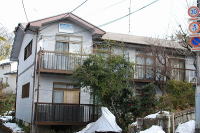
Ⅱ.Measurement Menus
-
Measurement days:
business Mondays, Thursdays , and first and third Saturdays of the month -
Measurement timetable:
① 10:00~11:30
② 13:00~14:30
③ 14:30~16:00 -
Measurement time arrangement:
Timetable, above①~③,is set to measurue a specimen for an hour.
If you want to have more precise a measurement, you can have two- or four-hour measurement in case of ③,when measurement time can be extend flexibly.
※ You can use fig.1 bellow to estimate an apporopriate measurement time. -
Measurement fee:
Member Non-Member
1-hour measurement 1000 1500
2-hour measurement 2000 2500
4-hour measurement ¥3000 ¥4000 -
Membership:
If you pay an annual membership fee 3,000,You can have a measurement fee discount, and several special information services of Hakaroom.
Ⅲ.Important requirements for specimens
-
Volume & Weight:
They have to be approximately 1 litre in volume and 1 Kg in weight. Smaller samples do not yield reliable data, especially when the density is low, e.g. 10 Bq/Kg. -
Temperrature:
They should be at room temperature. -
Preliminary food arrangement:
Grain (such as rice), powder (such as flour) and liquid (such as fruit juice) do not pose problems in putting them into a dedicated container for measurement (i.e. Marinelli beaker) which has a narrow cavity that needs to be closely packed with specimen.
Leafy vegetables need to be either pushed tightly into the cavity (not easy) or finely shredded beforehand (preferred). Root vegetables need to be finely chopped beforehand. -
Specimen background:
We would like to know where the specimen came from, how and when it was collected, and in case of produce direct from the field whether it was washed beforehand. -
Specimen after measurement:
Our policy is to ask clients to take back specimens after measurement. We do not dispose them ourselves. Measuring specimens alters neither chemical nor biological characteristics, and it does not create radioactive materials; if they were edible before measurement they should be edible after it.
